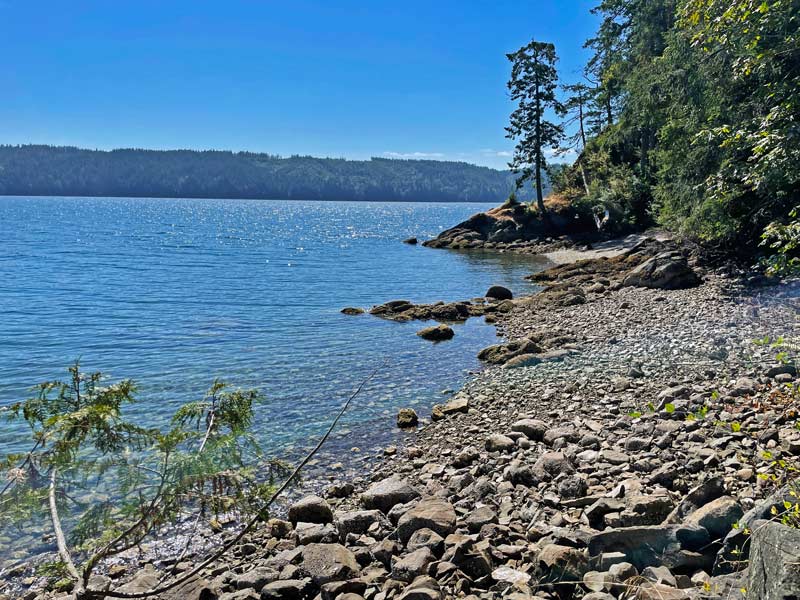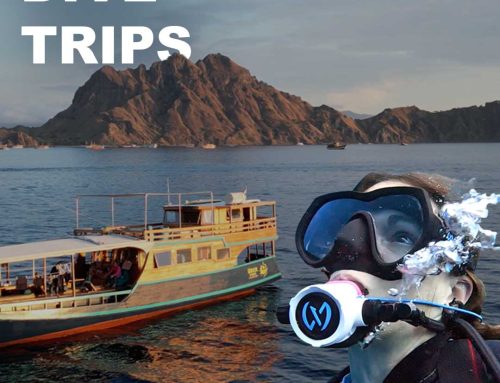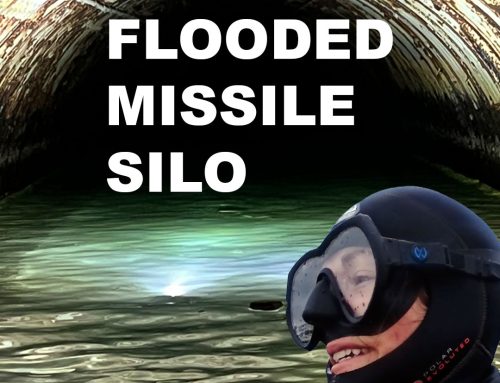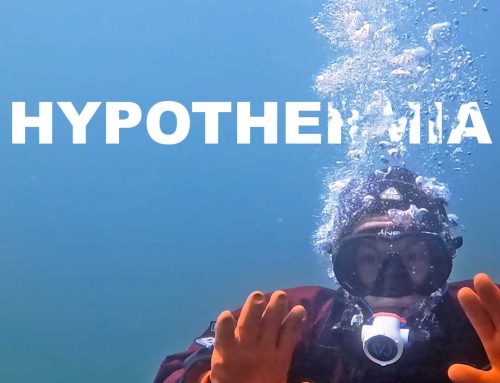Finding the giant pacific octopus
Welcome to Episode 04 of my DIVE DRY ROAD TRIP. In this video I take you to Sund Rock, one of the most popular dive sites in the Hood Canal, and for good reason. Plus, I discuss gas narcosis and share my first Giant Pacific Octopus sighting.
Best dive location on the Hood Canal: Sund Rock
This dive site is north of Hoodsport, privately owned, and well maintained. You need to reserve a spot online before arrival and the site fee as of the Summer 2022 is $20 per diver. Take along your certification card and some lunch to spend a very nice, quiet day on the property. There are porta potties in two locations, plus a hot water shower, and a rinse station for your gear.
Navigating the dive sites
The main path leads you to the beach where you have a really simple entrance to the dive sites. Choose between the Northern Wall (plus small underwater boat wreck), Southern Wall, and smaller Middle Wall.
The dive site is well protected, but you may still experience a current from the wind at the surface. At this dive site you can find wolf eels, giant pacific octopuses, dog fish sharks, tons of flounder, nudibranchs, crabs, and shrimps.

Gas narcosis explained
Gas narcosis, which used to be called nitrogen narcosis (hence the slang ‘narc’ed’) is when you go deep and the partial pressures of the different gases in your air blend make you feel a little loopy. A lot of people compare it to being intoxicated. This is a highly personal phenomenon and typically will have an effect on dives deeper than 20m (75ft).
It is possible to build up a sort of tolerance for this feeling, but the best option to keep your mind clear for task loading is to dive with different gas blends. Some people experience less narcosis with nitrox (a gas blend with a higher oxygen percentage), but in theory, oxygen is still a reactive gas in the human body. Inert gas like Helium will be the best option for decreasing narcosis, and that is the reason why it is used in technical diving.
Gas narcosis is nothing to be afraid of, and if you don’t like the sensation, just go shallower. It will go away immediately. The main thing to watch out for is remembering your safety – closely monitor your depth and air consumption so you don’t go outside of your dive plan.
Know the lingo – GPO
When looking for the famous giant pacific octopus (GPO), keep your eyes peeled for corpses of crabs, shrimps, lobsters, and other shells like scallop, abalone and clams strewn outside of holes or cracks in the reef. These are the octopuses favorite meals (although they also eat fish and other octopuses). The discarded shells give octopus dens a distinctive look. Once you’ve seen one, you’ll spot them all around the reef.
As referenced in the name, the Giant Pacific Octopus is the largest octopus species, coming in at about 33-50lbs with a 14-20ft arm span. They live around 3-5 years, have keen senses all along their suckered arms and are the masters of camouflage. Their skin is extremely responsive and can change colors as well as textures within tenths of seconds. They live all along the North Pacific coast, Russia, Eastern China, Japan, and the Korean Peninsula.
They prefer cooler, oxygen-rich water between 46-54F (8-12C) which is why the Pacific Northwest is perfect for them, but also why climate change is threatening their normal habitats. If the water temperature continues to rise, they will have to move deeper.
Their predators include harbor seals, sea otters, sperm whales, and humans. They are a challenging, or nearly impossible to track for conservation purposes due to their solitary nature and difficulty to find. Because of that, they are not a protected species. Luckily, they are a prolific creature and lay between 10s to 100s of thousands of eggs, but after, the female stays close to her eggs and eventually dies from starvation by the time they hatch.
Camping around Hoodsport
There are several campsites around the Hoodsport area. I stayed off of some forest roads in the outskirts of the Olympic National Park. Check out iOverlander for ideas. I also shared a bit more about urban camping in this area here.








